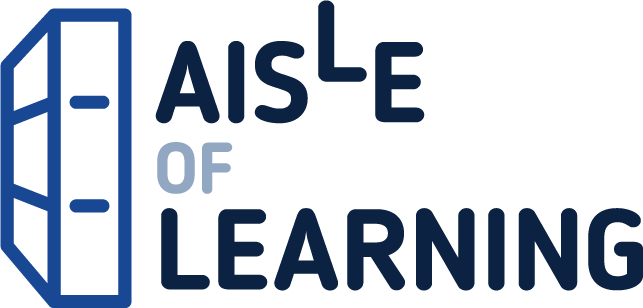Enhance students’ reading abilities with technology. Discover how technological resources can improve the effectiveness and breadth of reading instruction to build student knowledge. Read real-world accounts from literacy experts, and learn how their methods can be adapted for your classroom. Explore how to foster improvement in student learning using a variety of tools, including interactive whiteboards, tablets, and social media applications. Benefits: Gain insight into ways to incorporate technology into reading instruction. Obtain guidance on choosing progress-monitoring tools to best address your students’ needs. Discover strategies to engage students in vocabulary instruction, and help students interpret informational texts. Learn how to use various tools to spark group discussions about literature. Determine how to continually assess students’ connections with the assigned reading material. Contents: Part I: Reading Foundations Chapter 1: Foundational Reading Competencies Supported With Technology: Phonemic Awareness and Word Recognition Chapter 2: Rethinking Foundational Reading Skills: Making Room for the Complexities of Digital Texts Chapter 3: Using Tablets to Teach Foundational Skills: Matching Apps to Student Needs Part II: Reading Fluency Chapter 4: Podcasts: Adding Power and New Possibilities to the Readers Theater Experience Chapter 5: Student-Produced Movies as Authentic Reading Fluency Instruction Chapter 6: Audio-Assisted Reading Builds Reading Fluency Part III: Reading Vocabulary Chapter 7: Post-Reading Vocabulary Development Through VSSPlus Chapter 8: Bringing Words to Life Through Student-Created Vocabulary Videos Chapter 9: Self-Regulated Vocabulary Learning on the Internet Part IV: Comprehension of Informational Texts Chapter 10: Using the Multimodal Explanatory Composition Strategy to Respond to Informational Texts Chapter 11: Annotation Apps: Supporting Middle School Students’ Interpretation of Science Texts Chapter 12: Online Research and Media Skills: An Instructional Model for Online Informational Texts Part V: Comprehension of Literary Texts Chapter 13: Digging Deeper With Reader Response: Using Digital Tools to Support Comprehension of Literary Texts in Online Learning Environments Chapter 14: Coding and Connecting Complex Literature Chapter 15: Linking Through Literature: Exploring Complex Texts Through Hypertext Literary Analysis Part VI: Reading Across Disciplines Chapter 16: Classroom Blogging to Develop Disciplinary Literacy Chapter 17: Using eReaders to Enhance Literacy Instruction in the Content Areas Chapter 18: Supporting Inquiry With Digital Texts in School Disciplines Part VII: Motivation for Reading Chapter 19: “I Wanted to Film, So I Read the Book”: Filmmaking in the English Classroom Chapter 20: eBooks and eReaders: Removing Obstacles, Improving Motivation Chapter 21: Using Literacy iPad Apps for Reading Motivation Part VIII: Reading Assessment Chapter 22: Literacy Assessments in the Digital Age Chapter 23: Developing and Assessing Fluency Through Web 2.0 Digital Tools Chapter 24: Using Blogs as Formative Assessment of Reading Comprehension
Using Technology to Enhance Reading: Innovative Approaches to Literacy Instruction (K-12)
$23.58
This book provides educators with strategies to use technology to improve reading literacy for K-12 students.
Additional information
| Weight | 0.562 lbs |
|---|---|
| Dimensions | 17.8 × 1.9 × 24.8 in |






Reviews
There are no reviews yet.